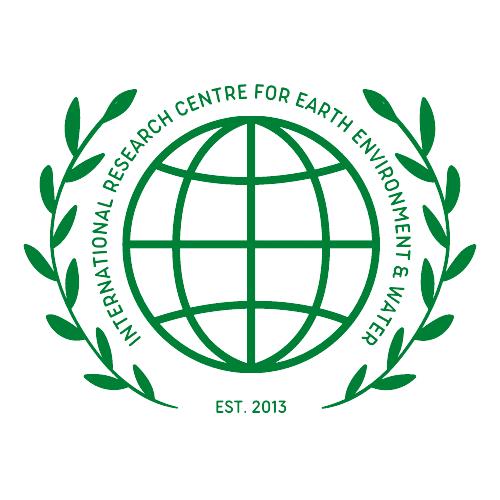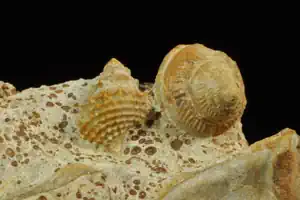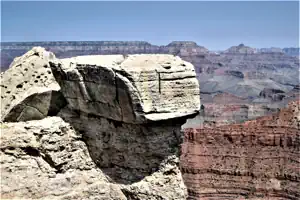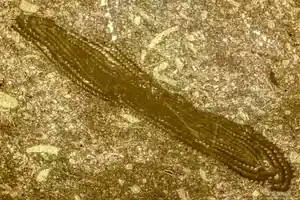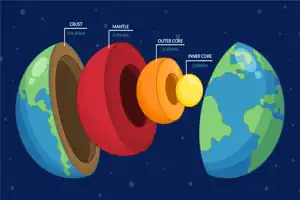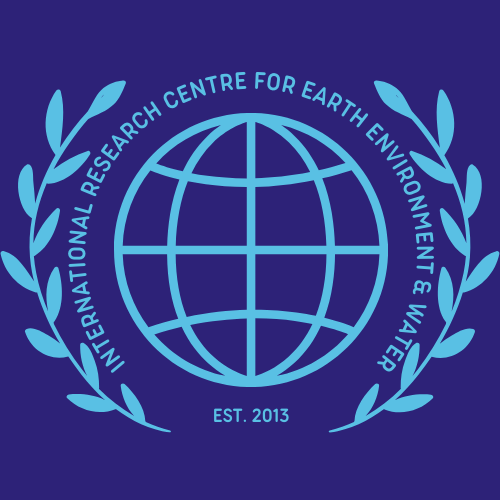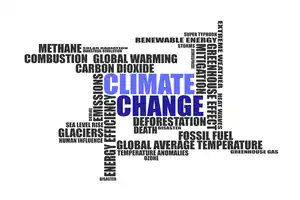
Natural Disasters in Pakistan and Their Management Introduction Natural disasters are those events which occur because of extreme weather or some other natural causes. In Pakistan, many natural disasters have occurred and continue to happen yearly. These include floods, landslides, glacier lake outbursts (GLOFs), earthquakes, etc. A massive landslide which...
